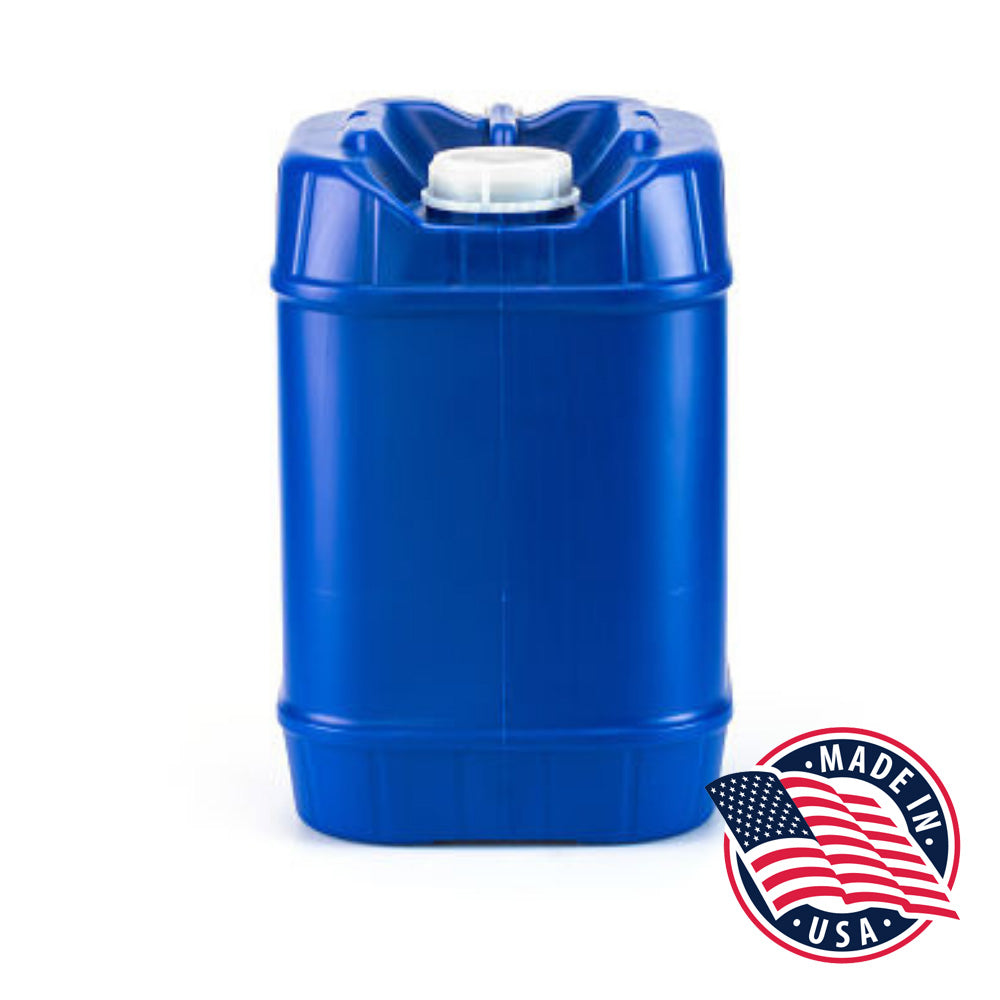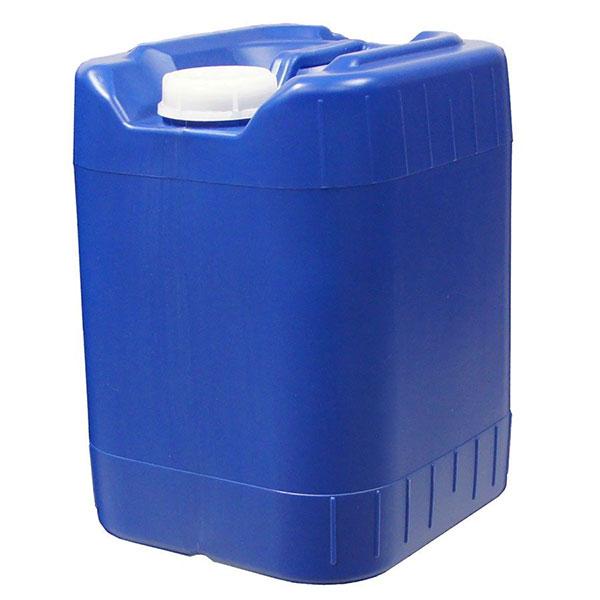We've received many questions about setting up water storage. After determining your water needs using the Water Storage Calculator and acquiring the necessary water preserver, you're ready to get started. Follow these tips to ensure your water storage is clean, safe, and durable.
1. What Type of Container Do You Need?
Size
Ensure your container is large enough to meet your needs. We recommend having 3 gallons of water per person per day. For example, a family of 5 would need a 55-gallon water barrel approximately every 4 days.

UV Coating
It’s essential to choose a container that blocks light. Light exposure can encourage contaminant growth, making your water unsafe. If your container isn’t UV-coated, you can paint it with thick green or black paint to create a homemade UV barrier.
Material
Choose a BPA-free container. BPA plastic can leach harmful compounds into water, potentially causing hormonal issues. Your container must also be sturdy enough to support the weight of stacked water tanks.
Quality
Ensure your containers are durable and resistant to warping, cracking, or splitting under harsh weather conditions. This is particularly important depending on where you plan to store your water.
2. Where to Store Your Water Tanks
Before purchasing, review the Features & Specifications tab under your chosen product for dimensions. A filled 55-gallon water drum can weigh over 450 pounds, so identify an area with easy, clear access in advance.
Recommended storage locations include:
- Garage
- Shed
- Basement (unused area)
Ensure the space is covered, shielded from direct sunlight, and large enough to hold all your containers.
3. Preparing the Container
When you first purchase a water container, follow the included preparation instructions. To clean the inside:
- Wash the walls, base, and lid with mild dish soap and clean water.
- Use a water preserver to keep the water safe for up to 5 years.
If you don’t use a preserver, rotate your water storage every 6-12 months. While bleach is sometimes used, it is not ideal for human consumption. Learn more about this here.
Tip: Avoid lead-lined hoses when filling your container. Clean water is critical for your family’s safety.
4. Installing the Container
Place the container in its designated spot. Use a wooden board or blocks between the barrel and concrete to prevent toxins from seeping into your water. Follow these steps:
- Fill the container halfway.
- Check for leaks around seams and valves.
- Add water preserver.
- Finish filling the container.
For larger containers, consider strapping them to the wall to prevent tipping during earthquakes.
Explore our full selection of water barrels, containers, and accessories to complete your setup.

Comments or Questions?
Let us know in the comments section below!



















